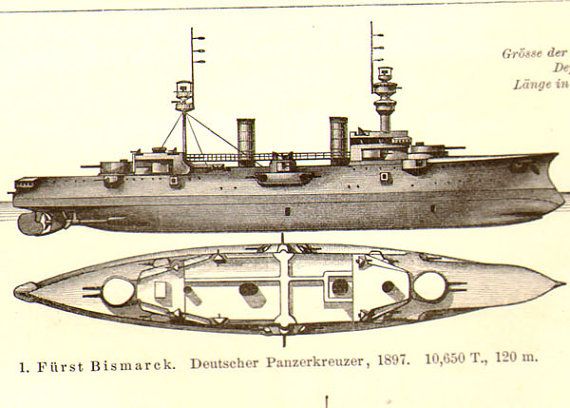Britain has long been the leading maritime nation in the world. During the rule of Queen Victoria (1837 1901), the shipbuilding industry experienced great strides.
Emergence of new technology in shipbuilding
By the beginning of the Victorian era, the sail technology was being abandoned in favour of steam technology. By 1833, steamships became common, plying on trade routes to India, Australia, and South Africa.

The early steamships had stern or side paddles which were fit for a steam engine. The engines slowly became sophisticated so that journey times were greatly reduced till transatlantic voyages became a matter of a few days.
The Great Eastern was revolutionary in terms of speed and comfort. It had an iron hull and used a complicated screw driven technology. The engine was a massively powerful one with 1000 horsepower and four-cylinder units. In 1894 the Turbinia was launched.
It was the first vessel to be driven by steam turbines. Britain remained the technological leader in shipbuilding till at last it was outdistanced by Germany in the twentieth century.
The giant steamships in Victorian times
As Britain had set up a vast number of colonies, swift yet inexpensive means of transport became a commercial necessity. In 1838 the Great Western completed its journey from Bristol to New York in 14 days and 12 hours. This marked the beginning of the era of modern steamships and it also initiated the famous Blue Riband contest for crossing the Atlantic. The Britannia crossed the Atlantic in 11 days and 4 hours and competition among the rival shipping lines became fierce.
The most ambitious and large steamship was the Great Eastern which embarked in 1854. It had a capacity for four thousand passengers and could carry enough coal for a nonstop return voyage without refueling. However, such giant ships soon became a liability. Smaller and faster vessels took its place. However, the Great Eastern was used in laying the telegraphic cables under the ocean as its large size was eminently suitable to carry the required machinery and personnel.
The final developments in shipbuilding
The gigantic steamships proved to be uneconomical. They were gradually replaced by smaller but faster ships, most of which were launched by the Cunard Shipping line. The Cost was reduced and the journey times were much less. At the close of the Victorian era, the ocean was ruled by these fast efficient vessels.
The role of the Government in promoting shipbuilding
During the Victorian era, Great Britain remained the leader in shipbuilding technology. The maintenance of her vast colonial empire required the services of an efficient navy. Hence shipbuilding received considerable royal patronage. By 1890, Britain was building 90% of the world’s ships. The royal navy provided protection to the navigation routes and the government even sponsored the shipbuilding industry.